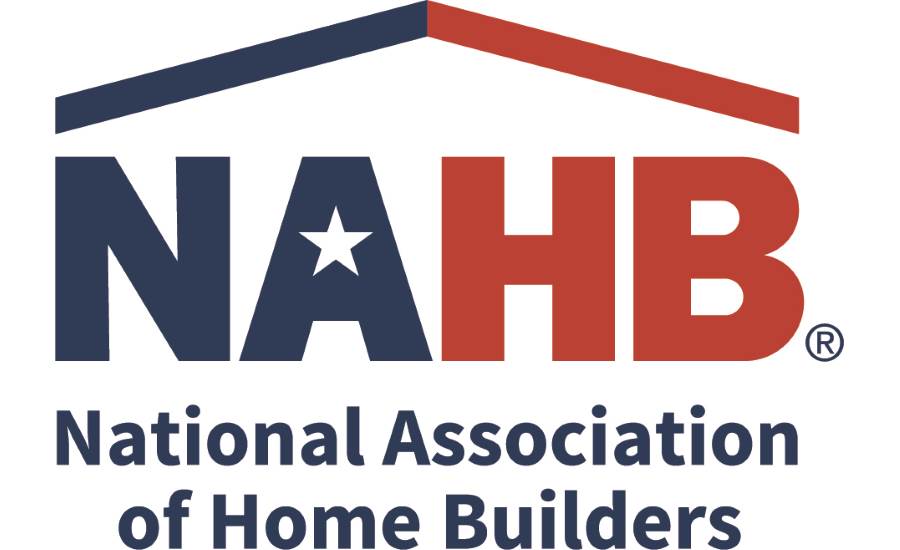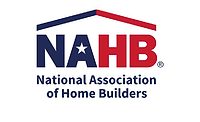Builder Confidence Down on Rising Material Prices, Upsurge in COVID-19 Cases

Rising material costs led by a huge upsurge in lumber prices along with a resurgence of the coronavirus across much of the nation pushed builder confidence in the market for newly built single-family homes down three points to 83 in January, according to the latest NAHB/Wells Fargo Housing Market Index (HMI). Despite the drop, builder sentiment remains at a strong level.
"Despite robust housing demand and low mortgage rates, buyers are facing a dearth of new homes on the market, which is exacerbating affordability problems," said NAHB chairman Chuck Fowke, a custom home builder from Tampa, Fla. "Builders are grappling with supply-side constraints related to lumber and other material costs, a lack of affordable lots and labor shortages that delay delivery times and put upward pressure on home prices. They are also concerned about a changing regulatory environment."
"While housing continues to help lead the economy forward, limited inventory is constraining more robust growth," said NAHB chief economist Robert Dietz. "A shortage of buildable lots is making it difficult to meet strong demand and rising material prices are far outpacing increases in home prices, which in turn is harming housing affordability."
Derived from a monthly survey that NAHB has been conducting for 35 years, the NAHB/Wells Fargo HMI gauges builder perceptions of current single-family home sales and sales expectations for the next six months as "good," "fair" or "poor." The survey also asks builders to rate traffic of prospective buyers as "high to very high," "average" or "low to very low." Scores for each component are then used to calculate a seasonally adjusted index where any number over 50 indicates that more builders view conditions as good than poor.
All three major HMI indices fell in January. The HMI index gauging current sales conditions dropped two points to 90, the component measuring sales expectations in the next six months fell two points to 83 and the gauge charting traffic of prospective buyers decreased five points to 68.
Looking at the three-month moving averages for regional HMI scores, the Northeast fell six points to 76, the Midwest was up two points to 83, the South fell one point to 86 and the West posted a one-point loss to 95.
HMI tables can be found at nahb.org/hmi. More information on housing statistics is also available at Housing Economics PLUS (formerly housingeconomics.com).
Looking for a reprint of this article?
From high-res PDFs to custom plaques, order your copy today!




